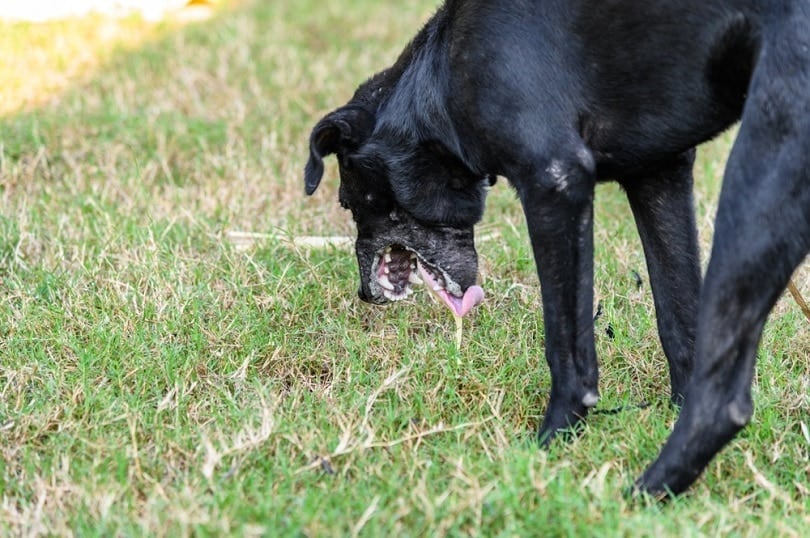If you love plants and dogs, you want to make sure that the plants you have in your home or garden are safe for your beloved canine. But which plants are toxic to dogs?
Gardenias, like certain other plants, are poisonous to dogs. The berries, however, contain the highest level of toxins and are the most dangerous for dogs and cats. The level of toxicity can vary depending on the amount, type, and part of the plant ingested by your dog. Diarrhea, vomiting, and hives are all mild symptoms of gardenia poisoning. If your dog is exhibiting any of these symptoms and you suspect he ate any part of the plant, get medical advice. You can call your veterinarian or the ASPCA Animal Poison Control Center at 888-426-4435.
To learn more about gardenias, read on!
Symptoms of Gardenia Poisoning in Dogs
Crocetin, genipin, and saponins are toxic substances in a gardenia plant that may cause symptoms that are more serious. Once again, the effects of the poison will vary depending on how much your dog ate and which part of the plant was eaten. They include:
- Cardiovascular: Irregular heartbeat, low body temperature, and low blood pressure
- Nervous system: Some loss of sight, depression, coma, convulsions
- Intestinal: Pain in the abdomen, diarrhea, loss of appetite, nausea, or vomiting
- Other: Sweating, hives, red rash, or walking difficulties

Treatment
If your vet determines that your dog is toxic from gardenias, he may administer the following treatment.
- Evacuation: If your dog is not throwing up on his own, the vet may give him a peroxide solution to induce vomiting. Any remaining toxins may be absorbed using activated charcoal. Pumping his stomach to remove any residue from the plant is also a possibility.
- Detoxification: Your dog may be put on IV fluids to reduce the chance of dehydration and to flush his kidneys.
- Medications: Depending on your dog’s response to treatment, the vet may give him something to protect his stomach and other necessary medications in the IV fluids.
If all goes well with treatment, your dog will be released for you to observe at home. If his response to treatment is not going as it should, he may need to remain in the hospital overnight.
Recovery
With the advice and treatment from your vet, your dog should make a full recovery. Including the berries, the toxins in the gardenia plant may be toxic, but they are not considered fatal. If your dog is healthy, he should respond well to treatment, and after a few days of observation, he will be back to getting in trouble.
In the rare cases of severe dog poisoning from a gardenia, recovery can take a little time. Ingesting poison can affect the liver and kidneys. Since these organs are responsible for processing proteins and fats, a bland diet may be recommended. This special diet will help the organs have a chance to rest and recover.
Conclusion
Dog proofing your home and yard is as important as baby-proofing your home. Dogs, like babies, are curious creatures. They don’t always know what is best for them. It is up to you to keep them safe and protect them from things that may be harmful to them. If possible, safely store toxic substances out of reach or completely remove them from their environment to prevent your pet from getting poisoned.
Featured Image Credit: Pixabay
















